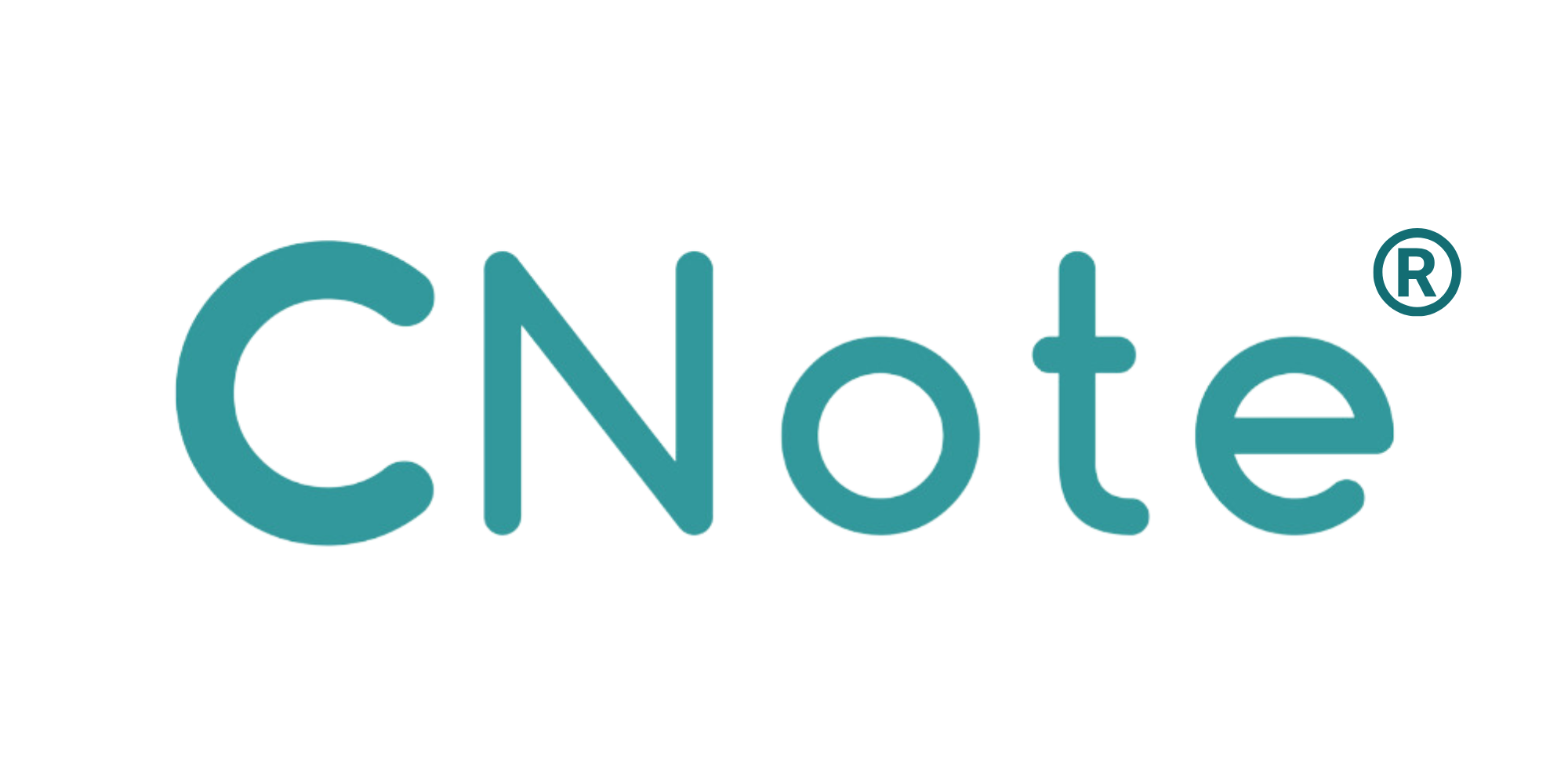When economic headwinds strike, investors and institutions often retreat to safety, prioritizing liquidity and capital preservation. But what if there’s a segment of the financial system that offers both stability and impact, even in downturns? Enter the Community Development Financial Institution (CDFI) industry.
While big banks may dominate headlines, CDFIs, through community banks, credit unions, and loan funds, have quietly demonstrated an enduring resilience across market cycles, standing strong during periods of growth and contraction alike.
Why CDFIs Matter? And Why Their Stability Shouldn’t Be Overlooked?
CDFIs are certified by the U.S. Treasury to serve low-income and historically underrepresented communities. Despite controlling only a fraction of total banking assets, their impact is massive:
- CDFIs hold just 20% of industry assets, yet they provide over 60% of small-dollar CRE loans and more than 80% of farm real estate debt in the U.S. (From Myths to Opportunities, Page 20)
- Community banks and credit unions make 41.6% of small business loans sized $250K–$1M, sectors that large banks typically ignore (From Myths to Opportunities, Page 20)
A Track Record of Stability—Even in Crisis
1. Stronger Capitalization than Larger Banks
During the Great Financial Crisis, community banks had a 10.5% average core capital ratio, compared to just 8.1% for their larger peers (From Myths to Opportunities, Page 5). This trend continues: as of mid-2024, community banks average 10.84%, while non-community banks trail at 9.11%.
Fitch Ratings notes that many CDFIs are entering current economic uncertainty with robust capital positions and historically low delinquencies, making them more resilient amid interest rate and policy shifts (Fitch Ratings, 2025).
2. Superior Loan Performance Across Economic Cycles
- Over four decades (1984–2024), community banks posted an average net charge-off rate of just 0.37%, significantly lower than the 0.89% posted by larger banks (From Myths to Opportunities, Page 16).
- During the Great Financial Crisis, community bank losses peaked at 1.36%, while larger banks hit 2.89% (From Myths to Opportunities, Page 5).
S&P Global Ratings affirms that this disciplined credit performance is not a fluke. U.S. CDFIs have demonstrated resilience through changing economic landscapes, supported by high asset quality and localized underwriting models (S&P Global, 2023).
3. Earnings Stability Without High-Risk Exposure
- Community banks’ average ROA during 1984–2024 was 1.14%, versus 1.53% for larger banks but with significantly lower volatility (From Myths to Opportunities, Page 5).
- In the 2008 downturn, larger banks’ ROA plummeted to -1.65%, while community banks bottomed at -0.76% (From Myths to Opportunities, Page 5).
This lower volatility reflects their traditional banking model. As Aeris Insight states, CDFIs enter this economic moment from a position of strength… their simplicity, mission alignment, and conservative structures are key risk mitigants” (Aeris, 2025).
Built to Weather Storms: The CDFI Business Model
Conservative Funding Sources
As of June 2024:
- Credit unions fund 84% of operations through deposits, with 91% of those deposits insured (From Myths to Opportunities, Page 5).
- Community banks follow closely at 83% funding from deposits, with 70% insured deposits (From Myths to Opportunities, Page 5).
This reliance on stable, insured deposits protects CDFIs during liquidity shocks, unlike larger institutions that may lean on wholesale funding or volatile capital markets.
Local Knowledge + Mission-Driven Lending
Relationship banking is not just a marketing term. It’s a structural advantage. According to the Federal Reserve, CDFIs act as “financial first responders,” providing trusted, community-based access to capital when it’s needed most (Consumer Compliance Outlook, 2022).
That hyper-local focus allowed CDFIs to play a leading role in disbursing Paycheck Protection Program (PPP) loans during COVID-19, when large banks hesitated or prioritized larger borrowers.
Resilience During Modern Banking Failures
The recent collapses of Silicon Valley Bank, Signature Bank, and First Republic Bank in 2023 revealed that asset size doesn’t guarantee security. Despite having over $100 billion in assets each, these banks failed due to overconcentration and reliance on risky strategies.
CDFIs, by contrast, remained stable. Their localized lending, conservative underwriting, and modest leverage provided a cushion that larger regional banks lacked.
Challenges Ahead, But Strength Prevails
The CDFI sector is not without challenges. As Fitch points out, uncertainty around the future of federal support and changing regulatory frameworks (e.g., CRA reform) may impact funding sources. Yet Aeris reports that CDFIs continue to experience high deployment rates and growing investor interest despite these headwinds (Aeris, 2025).
CDFIs aren’t just stable, they’re essential. They bring capital to people and places often overlooked, while delivering risk-adjusted financial returns with real-world impact. In times of uncertainty, their performance history offers something rare: confidence.
In a financial landscape that’s increasingly defined by volatility, CDFIs stand as a quiet force of resilience, built not just to survive the next crisis but to help communities thrive beyond it.
From Myths to Opportunities: Uncovering Value in the Community Banking Sector reveals the data-driven case for why community banks and credit unions are resilient, underutilized, and essential to both local economies and institutional portfolios.


